Search
People also search for:
Psychology of Digital Marketing: 7 Truths that Influence Consumer Behavior
Psychology of Digital Marketing: 7 Truths that Influence Consumer Behavior
- Home
- Psychology of Digital Marketing: 7 Truths that Influence Consumer Behavior
Psychology of Digital Marketing: 7 Truths that Influence Consumer Behavior

Why do some ads catch your eye while others don’t?
It’s not luck, it’s psychology.
Digital marketing is all about understanding how people think and what makes them take action.
From colours to words to timing, everything is designed to influence your choices.
In this guide, we’ll explore seven simple yet powerful psychological truths that shape our online behavior.
Once you know them, you’ll see marketing in a whole new way.
Firstly, we explore,
What is Marketing Psychology?
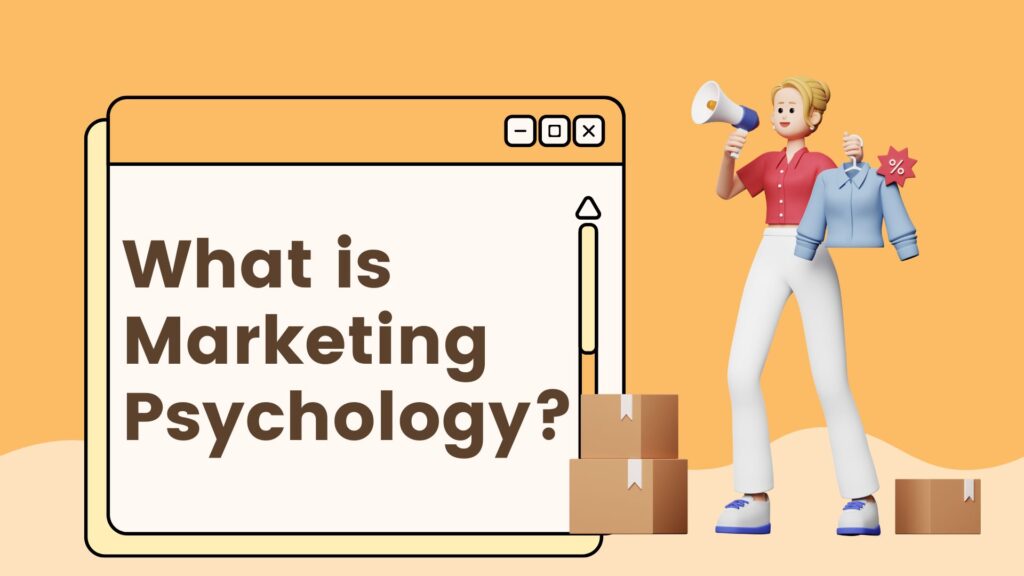
Marketing psychology is the smart way of selling by understanding how people think, feel, and make decisions.
It’s all about using human behavior to create messages that connect with people, grab their attention, and prompt them to take action.
In short, it helps brands sell better by thinking like their customers.
- Now, let’s learn about the seven truths of psychology of Digital marketing
1. The power of Storytelling :
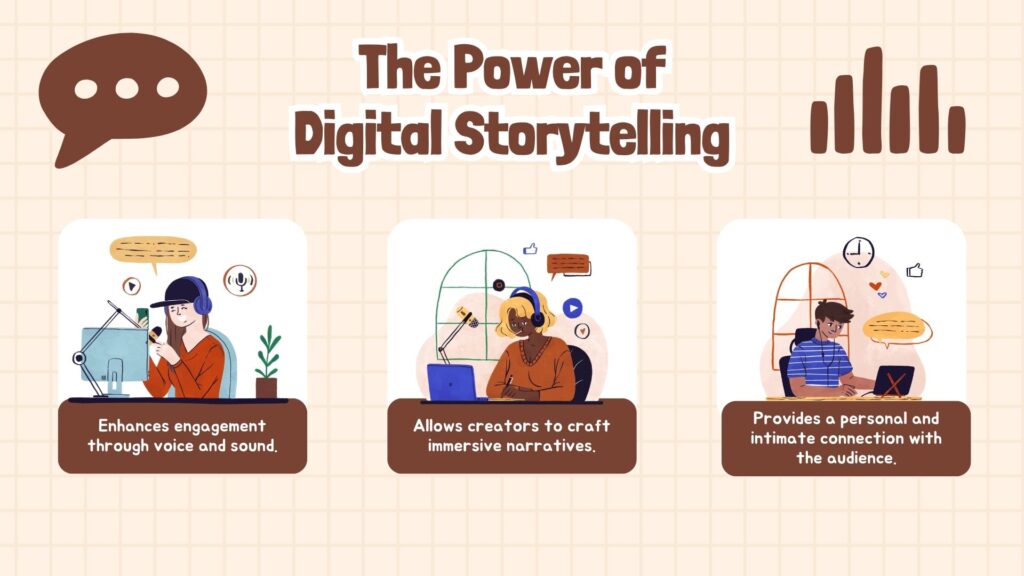
People don’t just buy products, they buy feelings, dreams, and stories.
That’s why storytelling is such a powerful tool in digital marketing.
It helps brands stand out and stay in people’s minds.
Why does storytelling work?
- It builds a strong emotional bond with your audience.
- People remember stories much better than facts, even 22 times more!
- When people see real struggles and happy endings, they feel connected and care more about the brand.
How to use storytelling in digital marketing?
- Share real customer stories – Show how your product made a difference in someone’s life.
- Post behind-the-scenes content – let people see the human side of your brand.
- Use content from your users – Highlight photos, videos, or reviews from happy customers.
Brands like Nike and Apple do this well. They don’t just sell shoes or phones, they sell confidence, dreams, and lifestyle.
They make you, the customer, the hero of the story.
2. The Scarcity & Urgency Effect
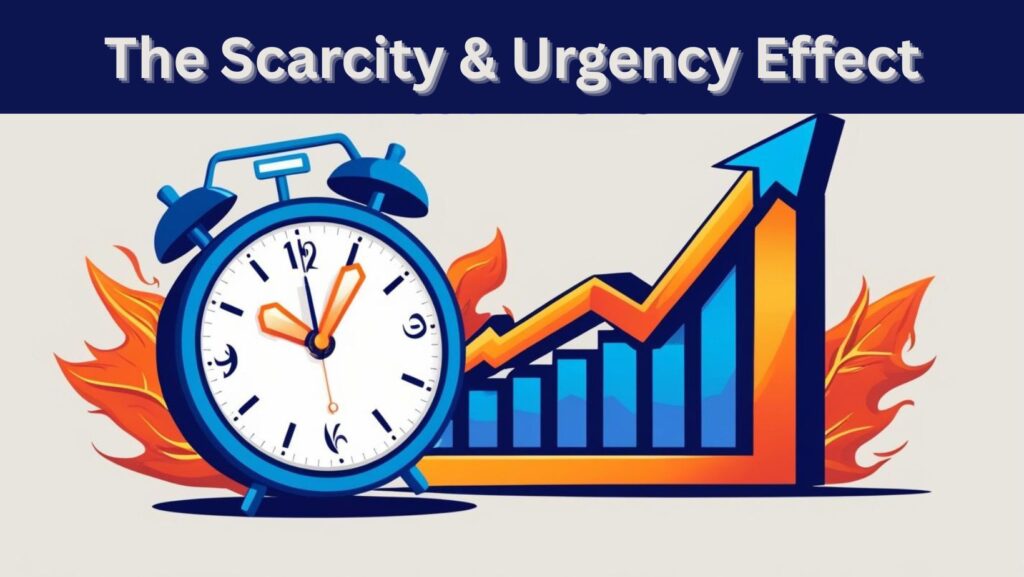
People act fast when they feel they might miss out.
That’s why scarcity and urgency work so well in digital marketing.
They tap into FOMO (Fear of Missing Out) and push customers to make quick decisions.
Why does scarcity work?
- Limited-time offers make people feel they must buy now before it’s too late.
- Low stock alerts like “Only 3 left!” create pressure to act quickly.
- Time-based deals can boost conversions by over 300% because they create urgency.
How to use scarcity in your marketing?
- Use phrases like “Hurry! Offer ends soon” or “Only a few left in stock.”
- Show real-time numbers like how many people bought or how much stock is left.
- Run flash sales and add countdown timers to increase the urgency.
Big brands like Amazon use this trick smartly. They show limited stock and time-sensitive deals to speed up buying decisions, and it works!
3. The Social Proof Effect
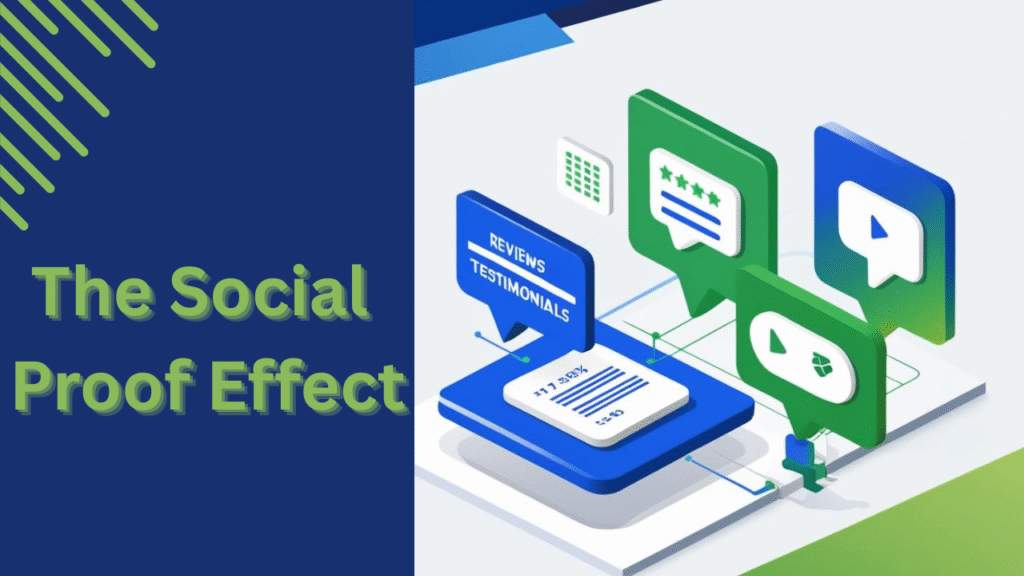
People trust people, not ads.
When someone sees others using and loving a product, they feel more confident to buy it too.
That’s the power of social proof.
Why is social proof so powerful?
- 90% of people trust friends, family, or other customers more than what a brand says.
- User content like photos, reviews, and stories builds trust and increases engagement.
- Positive reviews can increase sales by up to 250% because they show real results.
How to use social proof in digital marketing?
- Show real customer reviews, ratings, and case studies on your website and ads.
- Highlight trending products or live purchase updates like “5 people bought this today.”
- Collaborate with influencers to show real-life use and build credibility.
Brands like Airbnb and TripAdvisor grow fast because they focus on customer reviews and shared experiences.
When people see others enjoying a service, they feel safe and excited to try it too.
4. Personalization: Making Every Customer Feel Special
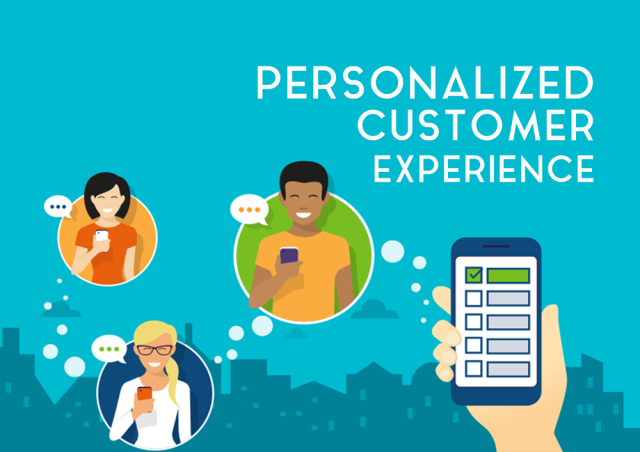
People see hundreds of ads every day, but the ones that feel made just for them stand out.
Personalization helps your brand cut through the noise and connect with customers on a personal level.
Why does personalization work?
- Personalized emails can get up to 6x more sales than generic ones.
- Customers feel seen and valued, which builds trust and loyalty.
- When you show the right product to the right person, they’re more likely to buy.
How to use personalization in your marketing?
- Use customer data to suggest products they’re likely to love.
- Send custom offers or discounts based on their past purchases.
- Create content that changes based on what users like, click, or watch.
Platforms like Netflix and Spotify are great at this.
They keep users hooked by showing content based on what they’ve already enjoyed, and your business can do the same.
5. The Role of Colors in Decision-Making
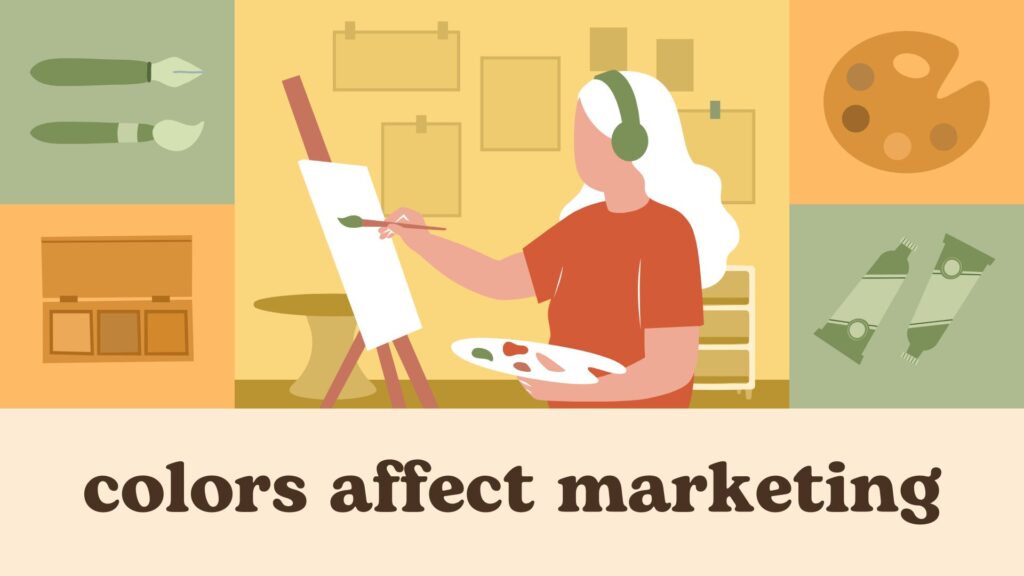
Colors do more than just make your brand look good, they make people feel something.
The right colors can grab attention, build trust, and even push customers to take action.
How do colors affect marketing?
- Red creates urgency and excitement – perfect for sales and offers.
- Blue builds trust and feels safe – that’s why banks and tech companies love it.
- Yellow spreads happiness and energy – brands like McDonald’s use it to feel fun and friendly.
How to use colors smartly in your marketing?
- Pick brand colors that match the emotion you want people to feel.
- Use contrast to make your buttons or call-to-actions (CTAs) pop.
- Run A/B tests with different color options to see what works best for your audience.
Big names like Coca-Cola use red to bring excitement, while Facebook uses blue to show trust.
These aren’t random choices; they’re backed by color psychology, and you can use the same strategy to build a strong brand image.
6. The Reciprocity Principle: Give Before You Get
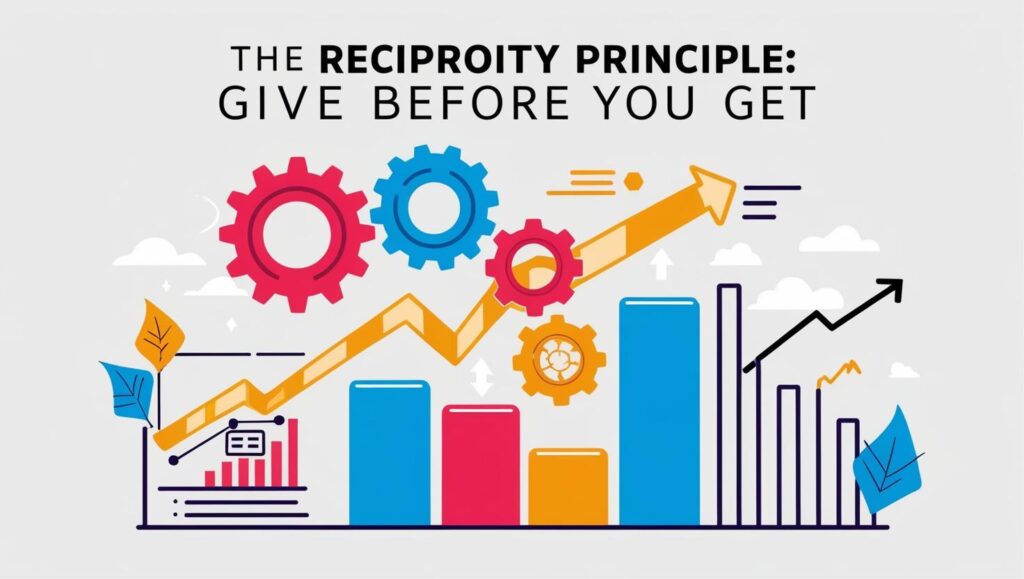
When you give something valuable for free, people naturally want to give back.
That’s what the reciprocity principle is all about, and it’s a smart way to build trust and boost conversions.
How can you use reciprocity in marketing?
- Share free resources like eBooks, how-to guides, or helpful tips.
- Offer free trials or product samples so people can experience your value without risk.
- Give useful content first, like blogs, videos, or insights, before asking them to buy.
This idea is the heart of content marketing.
You help people first, and in return, they’re more likely to trust your brand and become customers.
Think of it as starting the relationship with a good gesture and watching it grow from there.
7. Simplicity & Clarity: Less is More

People decide in seconds whether they want to stay on your page or move on.
If your ad or website feels confusing or crowded, they’ll leave.
That’s why keeping it simple and clear works best in digital marketing.
How to keep your marketing simple and effective:
- Write short, clear messages that say exactly what you offer.
- Design clean websites that are easy to use and free from clutter.
- Use direct call-to-action (CTA) buttons like “Buy Now”, “Get Started”, or “Book a Call.”
Take Google’s homepage – just a logo and a search bar. It’s clean, fast, and does exactly what people need.
That’s the power of simplicity.
Less confusion = more action.
If you want to learn more about Digital Marketing and other courses then Simba Institute is the best career guidance institute for your future!
Simba Institute:
- This institute is the best option for your digital marketing career.
- In which your career becomes better
- Simba Institute also provides online courses.
- Apart from digital marketing, many other courses are also available at Simba Institute.
Conclusion
If you want to succeed in digital marketing, you need to understand how people think and behave.
When you use psychology like storytelling, social proof, personalization, scarcity, and reciprocity, your marketing becomes more powerful and relatable.
Don’t just sell a product. Connect with your audience. Make them feel something.
When your message speaks to real emotions and needs, people are more likely to trust you, engage with you, and stick with your brand.
Ready to see the difference? Start using these strategies in your business today and watch your results grow.



